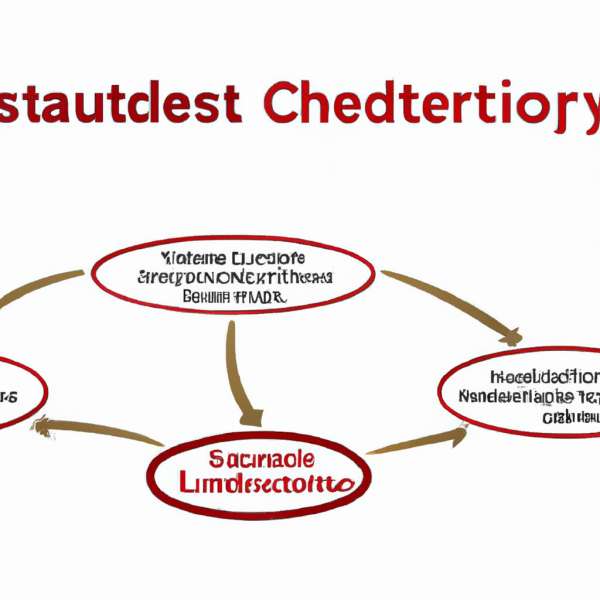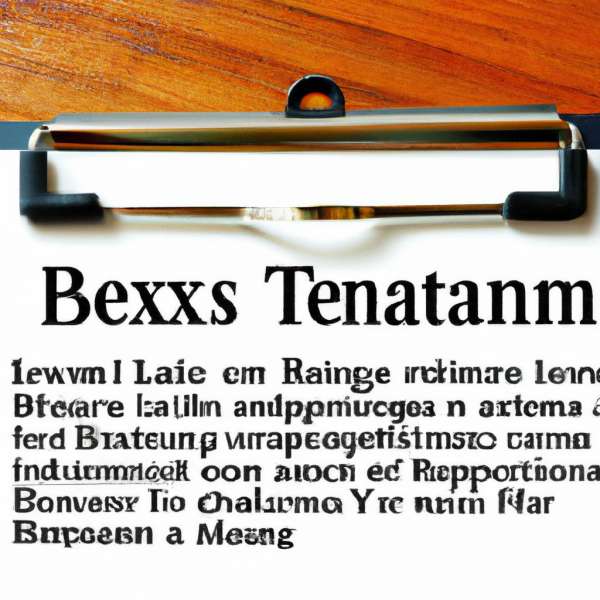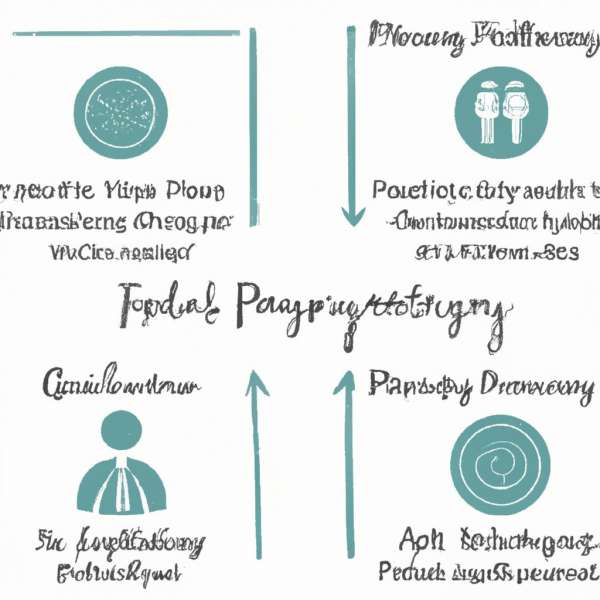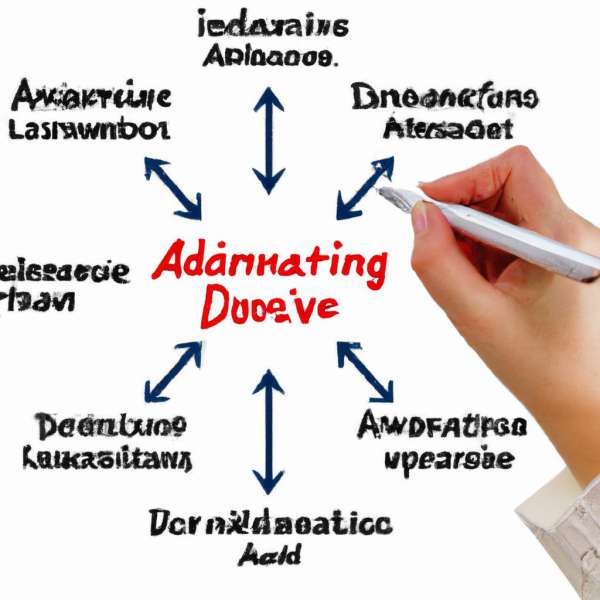In a world where philanthropy and personal legacy intertwine, the nuances of estate planning can often feel daunting yet profoundly impactful. Enter the Testamentary Charitable Lead Trust (CLT)—a financial instrument that harmonizes charitable giving with tax efficiency and family wealth preservation. As individuals seek meaningful ways to support the causes they cherish while also tending to the financial well-being of their heirs, Testamentary CLTs offer a compelling avenue. This article delves into the multifaceted benefits of these trusts, illuminating how they not only facilitate a lasting legacy of generosity but also provide strategic advantages for families navigating the complexities of wealth transfer. Whether you’re a charitable donor at heart or a diligent planner for future generations, understanding the potential of a Testamentary Charitable Lead Trust might just open new doors to fulfilling your vision of impactful giving.
Understanding Charitable Lead Trusts and Their Structure
A charitable lead trust (CLT) is a unique vehicle that allows individuals to make a significant impact on charitable organizations while also providing financial benefits to their heirs. The essence of this trust lies in its structure, which is designed to produce income for charitable purposes before eventually passing the remaining assets on to beneficiaries, typically family members. This dual focus on philanthropy and estate planning makes charitable lead trusts a compelling option for those looking to balance their charitable goals with family legacy planning.
At the core of a CLT are two primary phases:
- Lead Interest: During this phase, the trust generates income that is distributed to one or more charitable organizations over a specified term or until the death of the trust creator.
- Remainder Interest: Upon the cessation of the lead interest term, the remaining assets of the trust are transferred to the designated heirs or beneficiaries.
This structure provides numerous advantages, including potential income tax deductions based on the present value of the charitable distributions, as well as reduced estate and gift tax implications. By determining the length of the charitable payments, the creator can strategically manage the timing and value of the eventual inheritance for their heirs. Furthermore, as the trust assets appreciate over time, any growth occurs outside of the estate, which can lead to significant wealth transfer benefits.
Here’s a quick comparison of the two main types of charitable lead trusts:
| Type of Trust | Description |
|---|---|
| Charitable Lead Annuity Trust (CLAT) | Distributes a fixed annual amount to charity, making it predictable and often beneficial in lower interest rate environments. |
| Charitable Lead Unitrust (CLUT) | Distributes a percentage of the trust’s assets, allowing for potential growth in payments as the trust value increases. |
the thoughtful design of a charitable lead trust provides individuals not only a mechanism for impactful giving but also a way to ensure that their loved ones are provided for in the future. Navigating the complexities of these trusts can require the guidance of financial and legal professionals, but the potential benefits to both charitable organizations and family beneficiaries make charitable lead trusts a powerful estate planning tool.

Maximizing Tax Benefits Through Testamentary Charitable Lead Trusts
Testamentary charitable lead trusts (CLTs) offer a unique opportunity to support charitable causes while providing significant tax advantages to the donor’s estate. By allocating a fixed percentage of the estate’s value to charitable organizations for a specified term, these trusts enable individuals to reduce their taxable estate and ensure that their philanthropic values endure beyond their lifetime. Here’s how they maximize tax benefits:
- Estate Tax Reduction: When assets are placed into a testamentary CLT, they can be excluded from the taxable estate up to the charitable contribution amount, thereby potentially lowering estate taxes owed upon death.
- Income Tax Deductions: Donors can receive immediate income tax deductions based on the present value of the charitable contributions that the trust will make over its term.
- Deferred Asset Growth: By removing assets from the estate, any appreciation in value during the trust’s term is not subject to estate taxes, allowing the remaining assets to grow tax-efficiently.
- Legacy Planning: These trusts maintain the donor’s philanthropic legacy by ensuring that a portion of the estate is dedicated to charitable causes, fostering a spirit of giving in future generations.
In addition to the financial advantages, testamentary charitable lead trusts offer flexibility in how assets are managed and distributed. Donors can select recipients from a wide variety of charities or designate specific programs that align with their values. This level of customization empowers individuals to create lasting impacts within their communities or to support global causes they are passionate about.
| Benefit | Description |
|---|---|
| Immediate Tax Deductions | Receive deductions based on present value of future donations. |
| Estate Tax Exemption | Assets in the trust are typically exempt from estate tax calculation. |
| Control Over Charitable Giving | Choose specific charities or causes to benefit from trust distributions. |
Ultimately, a testamentary charitable lead trust serves as a strategic tool for individuals wishing to balance their financial and philanthropic goals. By incorporating this trust into their estate planning, donors can maximize their tax benefits while profoundly influencing the lives of those their contributions support.

Aligning Philanthropy with Personal Legacy Goals
Integrating charitable endeavors into your estate plans not only has the potential to make a significant impact on causes you care about but also reflects your personal values and aspirations. Testamentary Charitable Lead Trusts (CLTs) present a unique vehicle for ensuring that your philanthropy aligns with your personal legacy goals, providing financial benefits for both yourself and the charitable organizations of your choice.
With a CLT, you can:
- Direct Payments: Ensure that a predetermined amount is paid to your chosen charities for a specified number of years, embodying your commitment to those causes.
- Estate Tax Benefits: Reduce your taxable estate by deducting the present value of the charitable interests from your taxable estate, allowing more of your wealth to be passed on to your heirs.
- Flexible Income Stream: Depending on the structure, CLTs can provide an income stream to you or your beneficiaries during the trust term, allowing for continued financial support while fulfilling philanthropic intentions.
The setup of a testamentary CLT can also be tailored to reflect your personal journey and narrative. By selecting specific charities that resonate with your life experiences or family history, you can create a more profound legacy. This personalization transforms the act of giving into a living testament of your values:
| Charity Focus | Personal Connection |
|---|---|
| Education | Alma Mater Scholarship Fund |
| Environment | Local Conservation Efforts |
| Health | Support for Medical Research |
Ultimately, testamentary charitable lead trusts serve as a powerful mechanism to harmonize your philanthropic aspirations with your life’s work. By crafting a legacy that reflects your ideals, you energize the next generation of advocates for the causes close to your heart, ensuring that your influence extends beyond your lifetime.

Navigating the Administration and Compliance Challenges
Navigating the intricate landscape of administration and compliance when establishing a testamentary charitable lead trust can initially seem daunting. However, understanding the required frameworks and best practices can significantly mitigate these challenges. The operational aspects of these trusts require careful attention to ensure not only legal compliance but also alignment with the grantor’s philanthropic intentions.
Key considerations include:
- Jurisdictional Compliance: Each state has different regulations governing trusts, and it is crucial to be familiar with those specific to charitable lead trusts.
- Tax Implications: Proper tax documentation and reporting are vital to maximize the tax benefits associated with the charitable lead trust, particularly regarding charitable deductions.
- Document Precision: The drafting of the trust document should be exact, detailing the charitable beneficiaries, the terms of the lead interest, and any contingent provisions.
In addition to these factors, ongoing administration includes regular monitoring of the trust’s investments and distributions. Ensuring that all reporting requirements are met is essential to maintain the trust’s tax-exempt status and its intended benefits for charitable organizations. Engaging with professionals who specialize in trust law can provide invaluable guidance throughout the trust’s lifecycle.
For a clear view of the compliance considerations, consider the following table:
| Aspect | Importance | Best Practice |
|---|---|---|
| State Regulations | High | Consult with local legal experts |
| Tax Documentation | Critical | Regularly update tax records and filings |
| Trust Management | Essential | Periodic reviews and adjustments as necessary |
By mastering these elements and implementing effective strategies, individuals can successfully navigate the administrative sections of testamentary charitable lead trusts, ensuring they fulfill their charitable goals while remaining compliant with all legal obligations.
The Way Forward
As we draw the curtain on our exploration of Testamentary Charitable Lead Trusts, it’s clear that this financial tool offers a harmonious blend of altruism and strategic planning. By intertwining your estate’s legacy with the support of charitable causes, you not only secure a lasting impact on communities and organizations that resonate with your values, but you also optimize the management of your assets for the benefit of your heirs.
Whether you are motivated by a desire to give back, maximize tax benefits, or simply ensure that your wealth serves a dual purpose long after you’re gone, a Testamentary Charitable Lead Trust can be a powerful vehicle for achieving those goals. In an era where the intersection of personal finance and philanthropy is more prominent than ever, considering such trusts could turn your vision for a meaningful legacy into reality.
As you embark on your estate planning journey, remember that each choice can create ripples of change that extend far beyond your lifetime. Thank you for joining us as we navigated the nuances of this innovative philanthropic strategy—may your decisions today pave the way for a brighter tomorrow.


